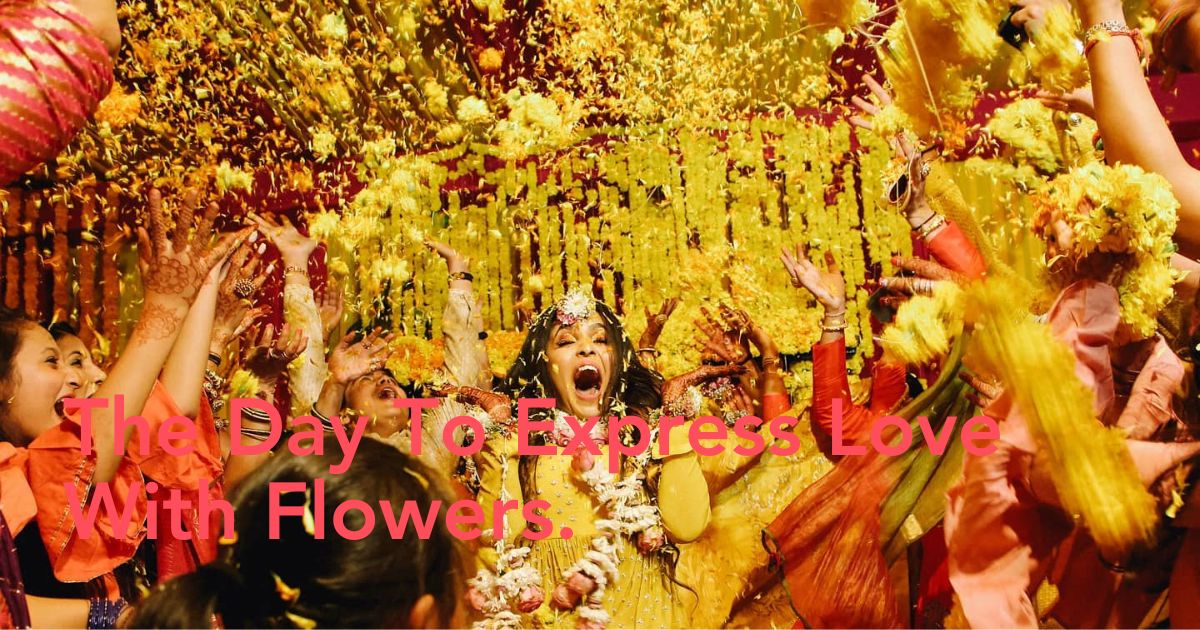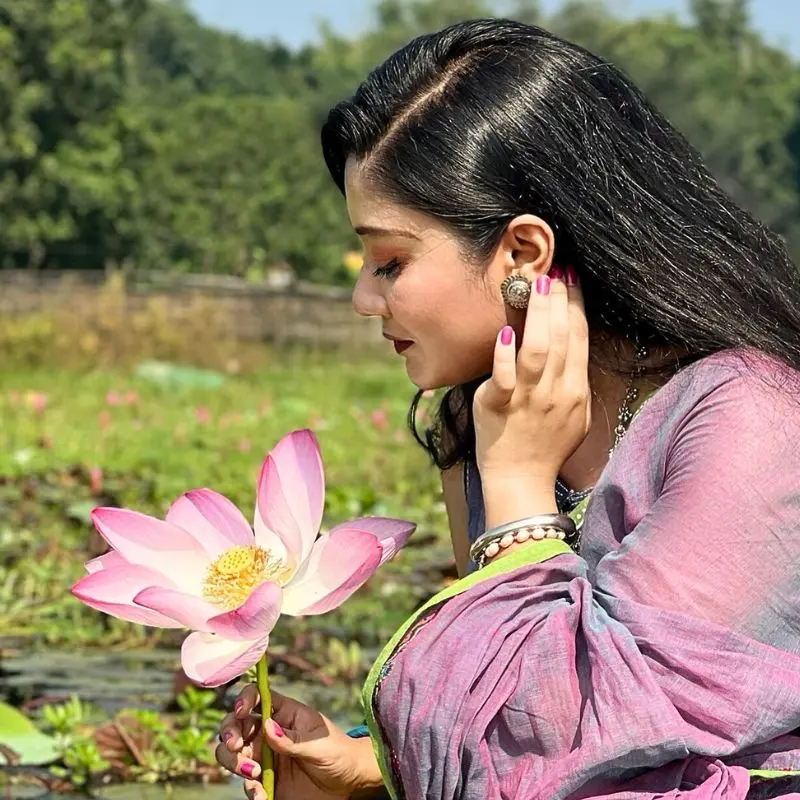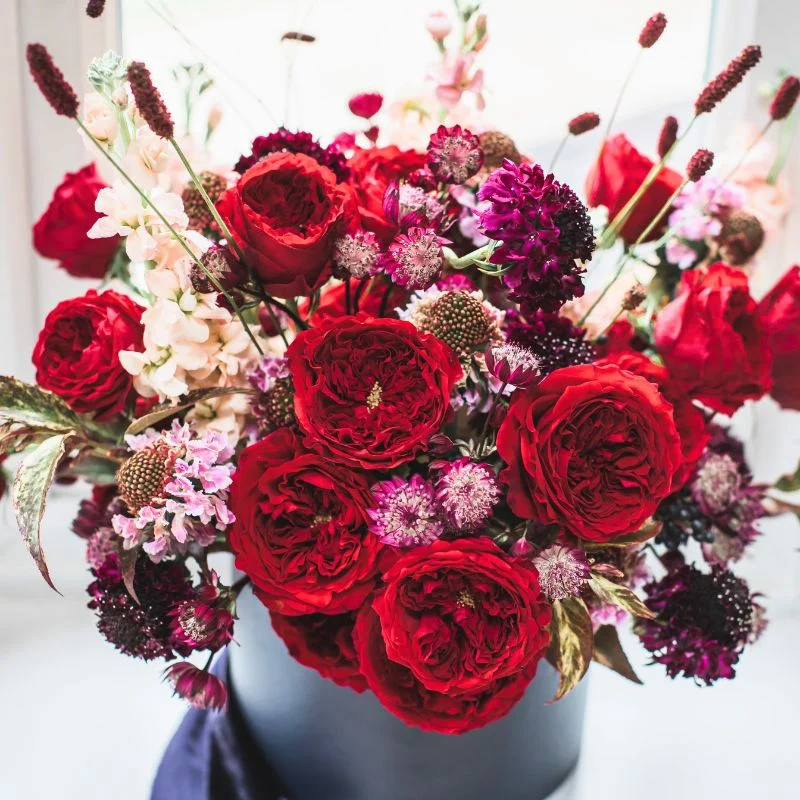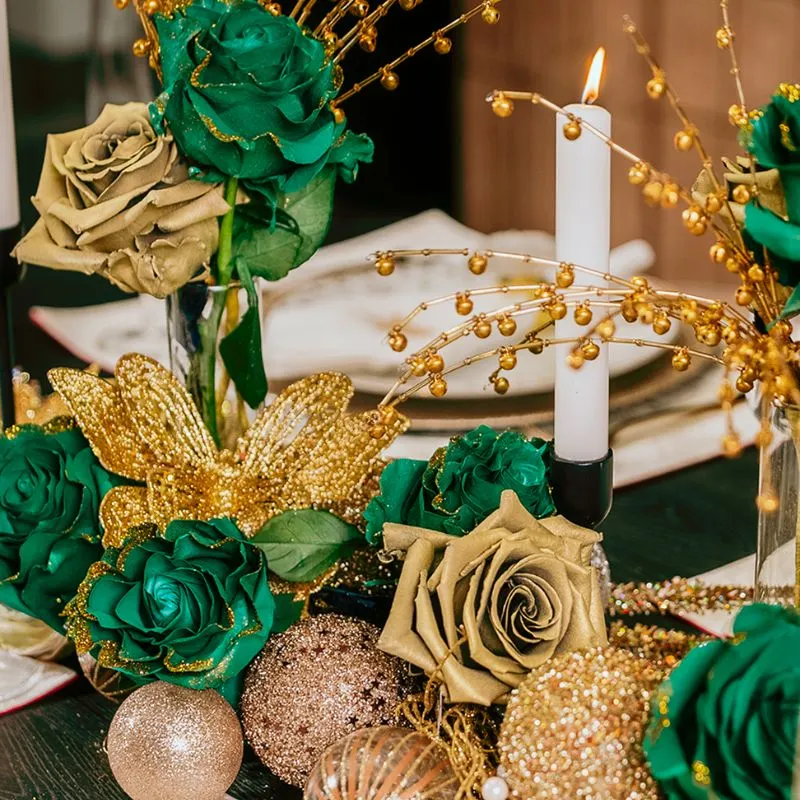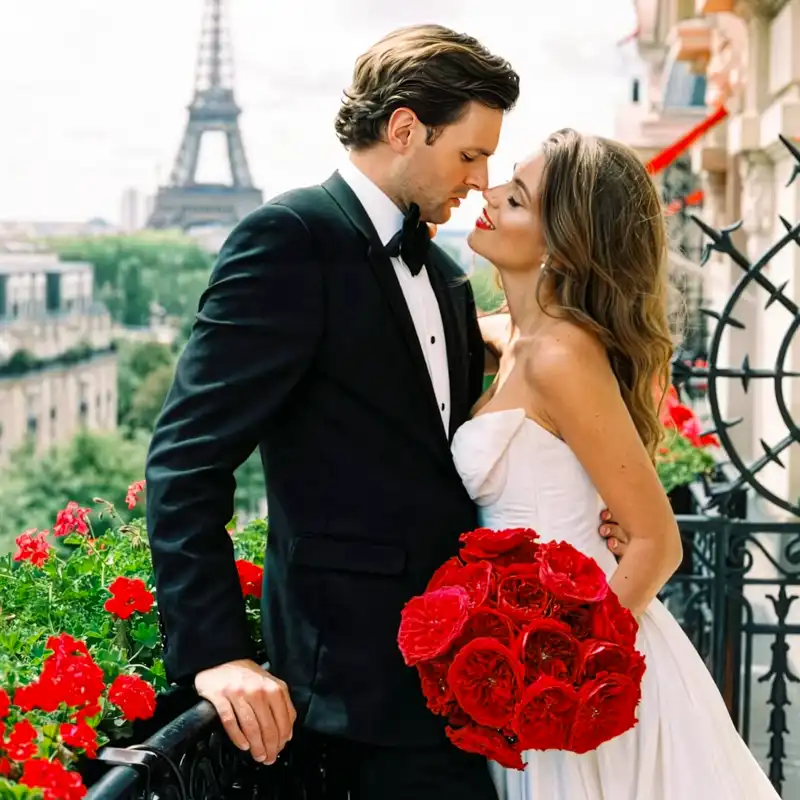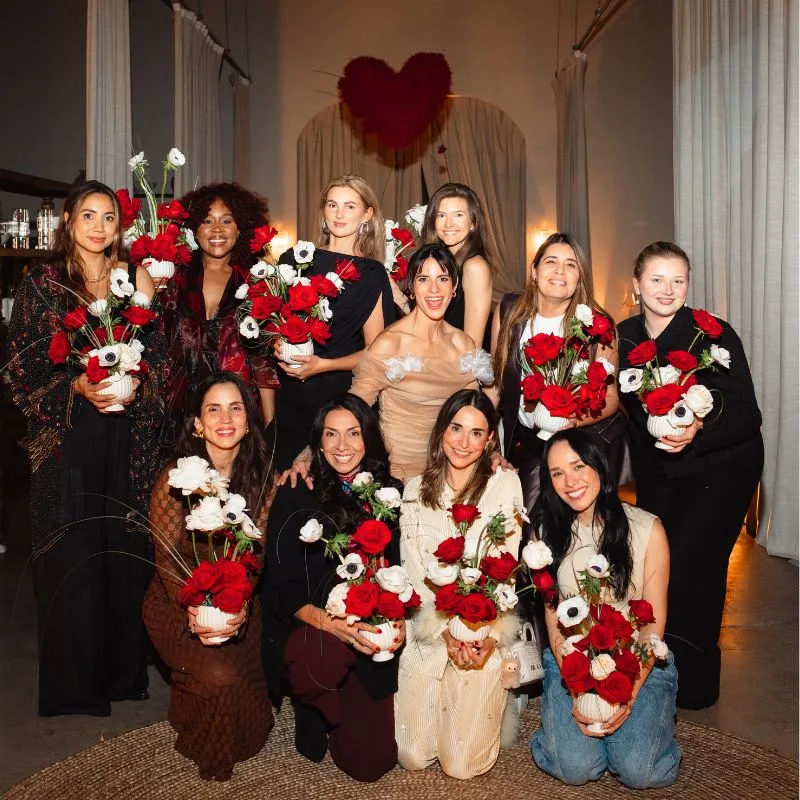Imagine skies painted with the colors of countless flowers, air perfumed by spring's essence. This vision comes alive in the floral Holi festival, which transforms the traditional color celebration with elegance and fragrance. The festival of colors marries the vibrancy of flowers with Hindu mythology, offering a divine experience. By using a spring blossoms instead of synthetic dyes, this version connects us deeply with nature's splendor, marking an exquisite variant known as the Holi of Flowers.
Holi Marks the Arrival of Spring and the End of Winter
Aligning with the full moon or Purnima in the evening of the Phalguna month in the Hindu calendar, Holi usually corresponds to late February or March in the Gregorian calendar, thereby marking the arrival of spring and the end of winter.
In most states across India, Holi is celebrated for two days, which is every year on the full moon date of Falgun month. A day before Holi is celebrated as Holika Dahan, also known as Choti Holi, which is on Thursday, March 13, 2025. Then the actual Holi festival is to be celebrated on Friday, March 14, 2025.
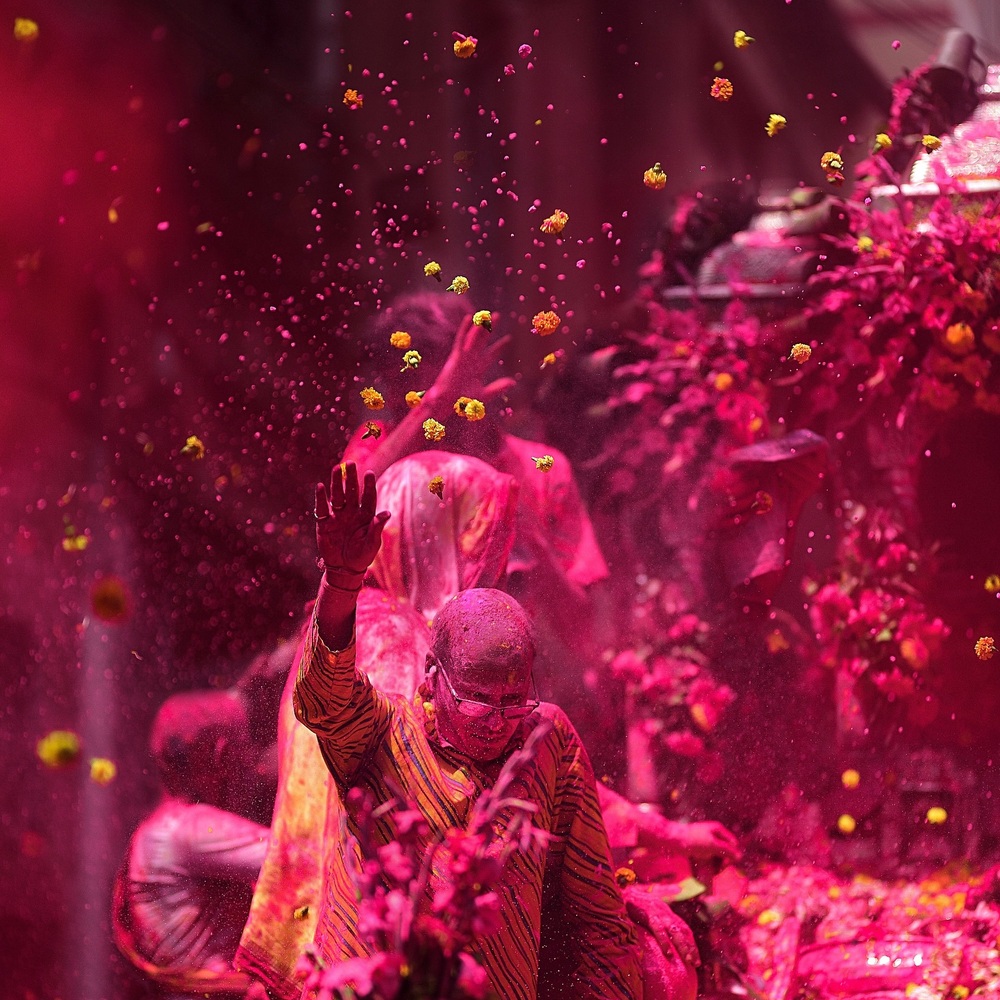
A Celebration of Harvest and Spring
Holi celebrates earth's rhythm, heralding spring, and bountiful harvests. It's a vibrant tapestry of colors and joy, where spirits bloom like flowers, marking seasonal and life's cyclic transitions.
More than a weather change, it's a festivity of life, laughter, and community unity, reflecting the agricultural cycle and spiritual regeneration, embodying life's celebration through colors and communal harmony.
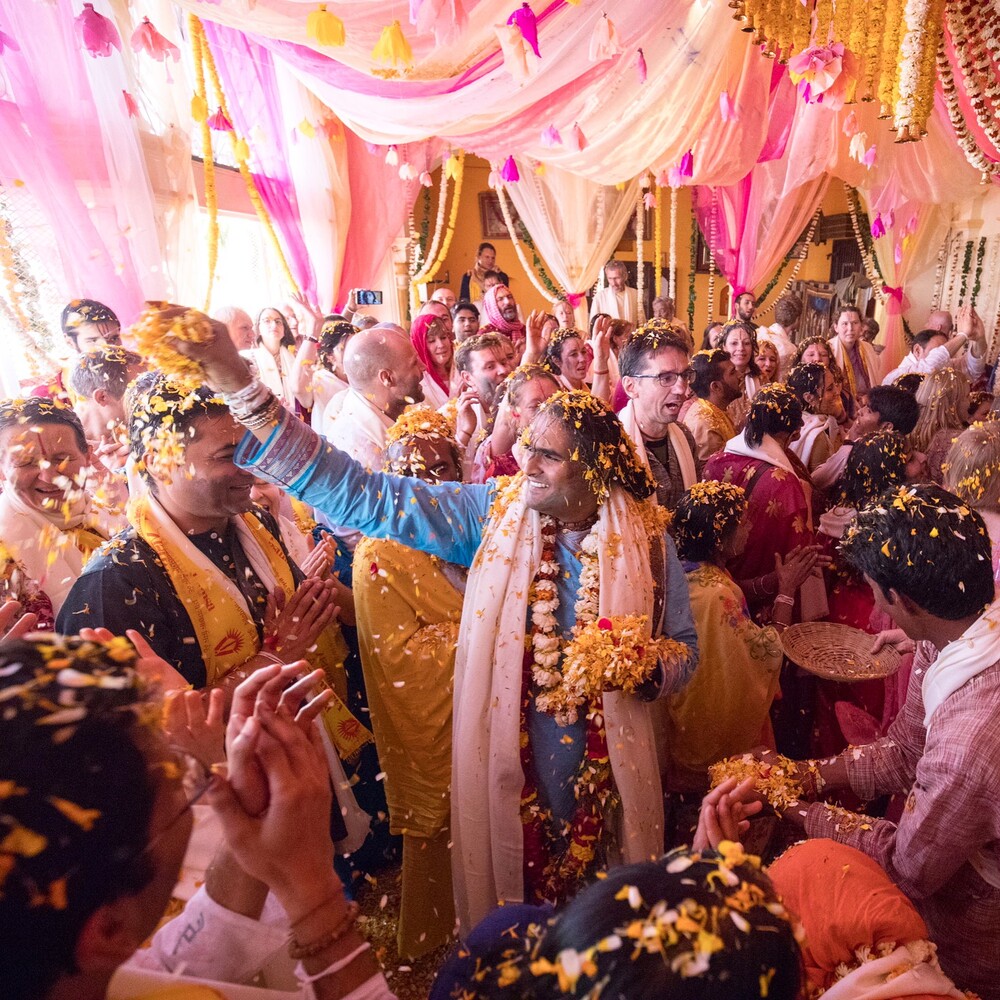
Historical and Mythological Roots of Holi
Holi's essence, steeped in mythology and history, celebrates good's triumph. The festival, inspired by tales like Prahlad's victory over Hiranyakashipu and Krishna's divine love for Radha, underscores joy and devotion.
With ancient references in texts like the 7th-century 'Ratnavali' and Vedic scriptures, Holi underscores social unity and spiritual enrichment, illustrating its deep-rooted cultural significance and the enduring narrative of faith and joy across ages.
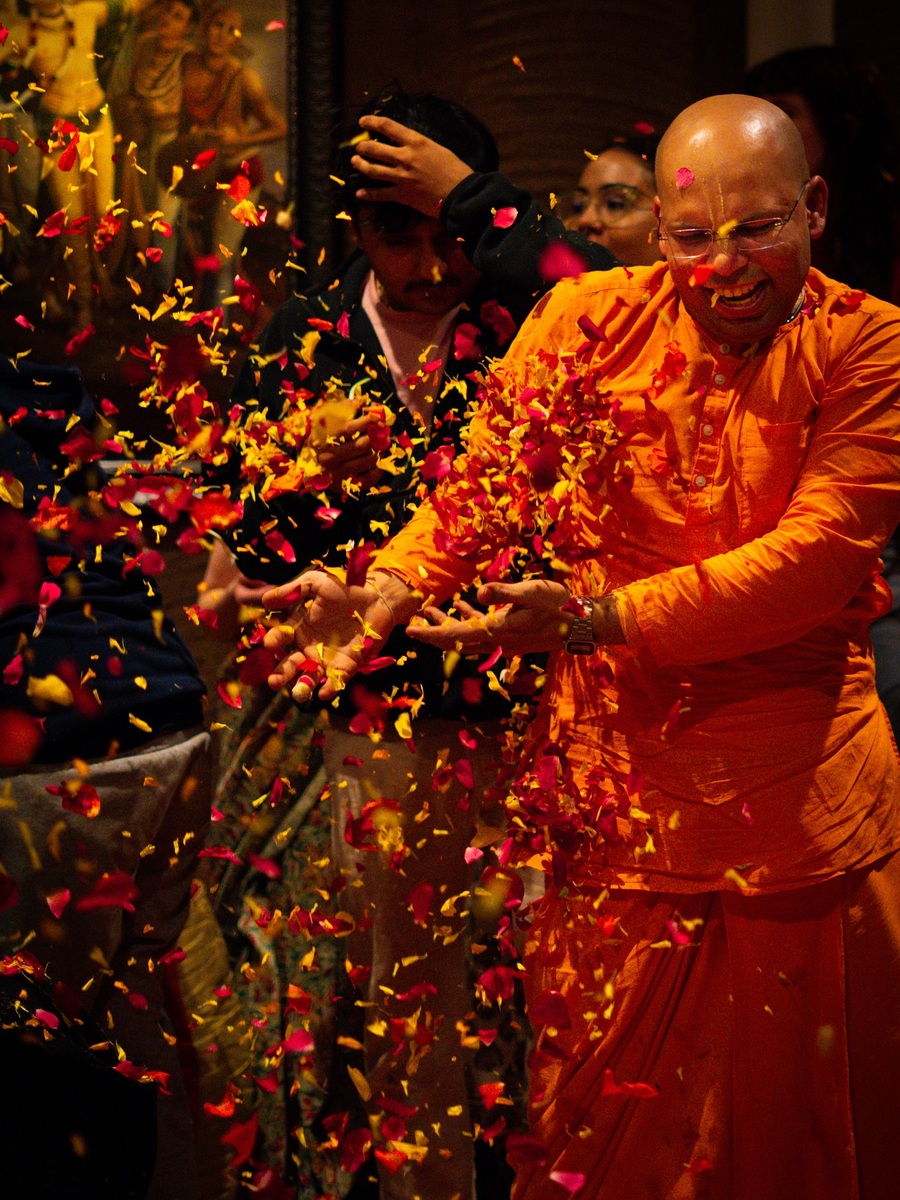
Victory of Good Over Evil
Holi symbolizes the philosophical depth of good versus evil. The burning of Holika signifies purification and renewal, urging us to relinquish malice for compassion. Beyond festivity, it's a rite of soul cleansing, embracing love's power.
The legend of Radha and Krishna enhances this lore, celebrating love's inclusivity. Holi, especially with floral adornment, blurs lines between joy and sorrow, good and evil, into a unified celebration of existence. It's a testament to humanity's spirit, a reminder of life's perpetual hope and joy, reimagined within a floral embrace, inviting us to a realm of unity and affection.
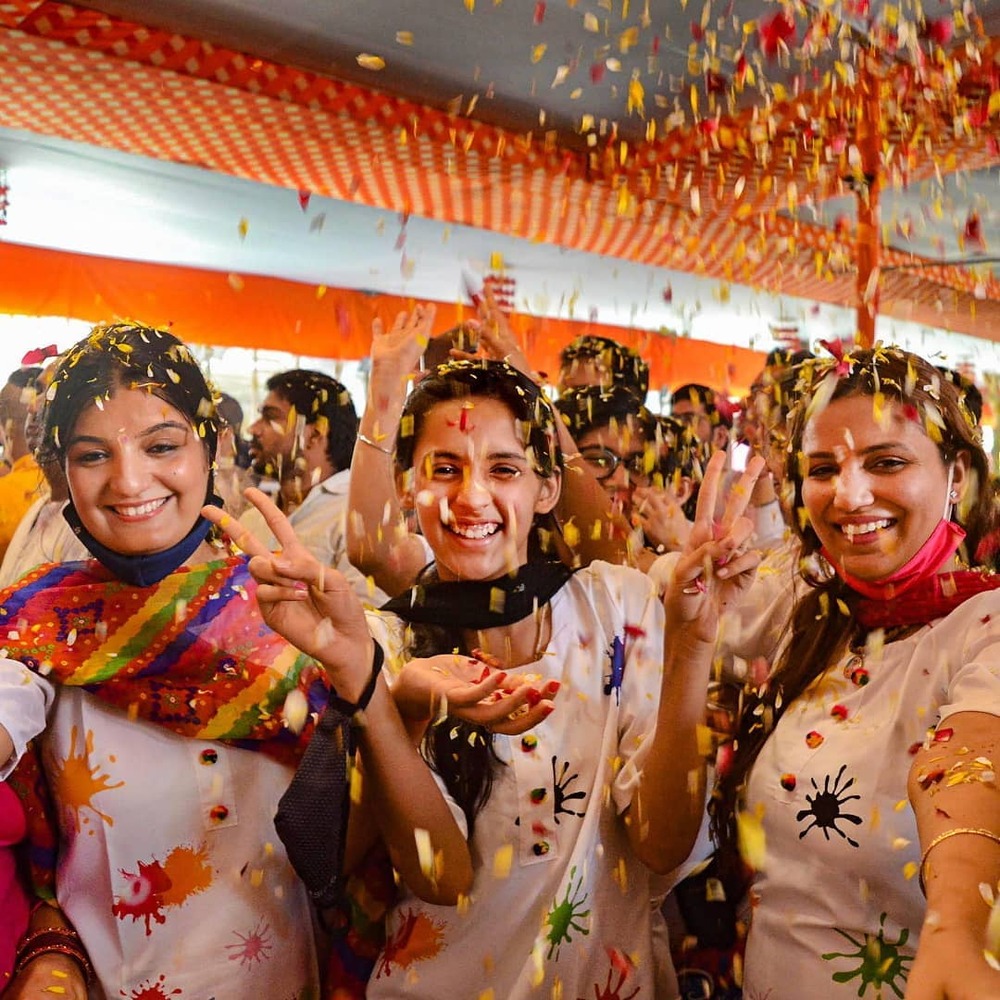
A Fragrant Celebration of Holi of Flowers
Holi of flowers stands as a testament to the intimate bond between nature’s unbound generosity and humanity’s capacity for joy and reverence.
This variant of the traditional Holi celebration eschews industrial dyes for the delicate hues of spring flowers, weaving a tapestry of fragrance and color that captivates the senses and uplifts the spirit.
In this version of the festival, petals, and natural colors replace synthetic hues, embodying a return to the purity of nature and an homage to the environment.
The Blossoming Association With Lord Krishna
In the heart of India’s spiritual lore, nestled the quaint tales of Lord Krishna, whose divine play with Radha and the Gopis under the vibrant skies of Vrindavan encapsulates the essence of Holi.
The tradition of celebrating Holi with flowers is deeply entrenched in the Leela (playful acts) of Lord Krishna, symbolizing not only the splendor of spring but also the transcendental love that pervades the cosmos.
This association elevates the festival from a mere cultural festivity to a spiritual experience, blending the ethereal fragrance of flowers with the jubilant spirit of divine love.
As devotees immerse themselves in this floral Holi, they relive the enchantment of Krishna’s playful antics, fostering a connection that transcends the boundaries of the mundane world.
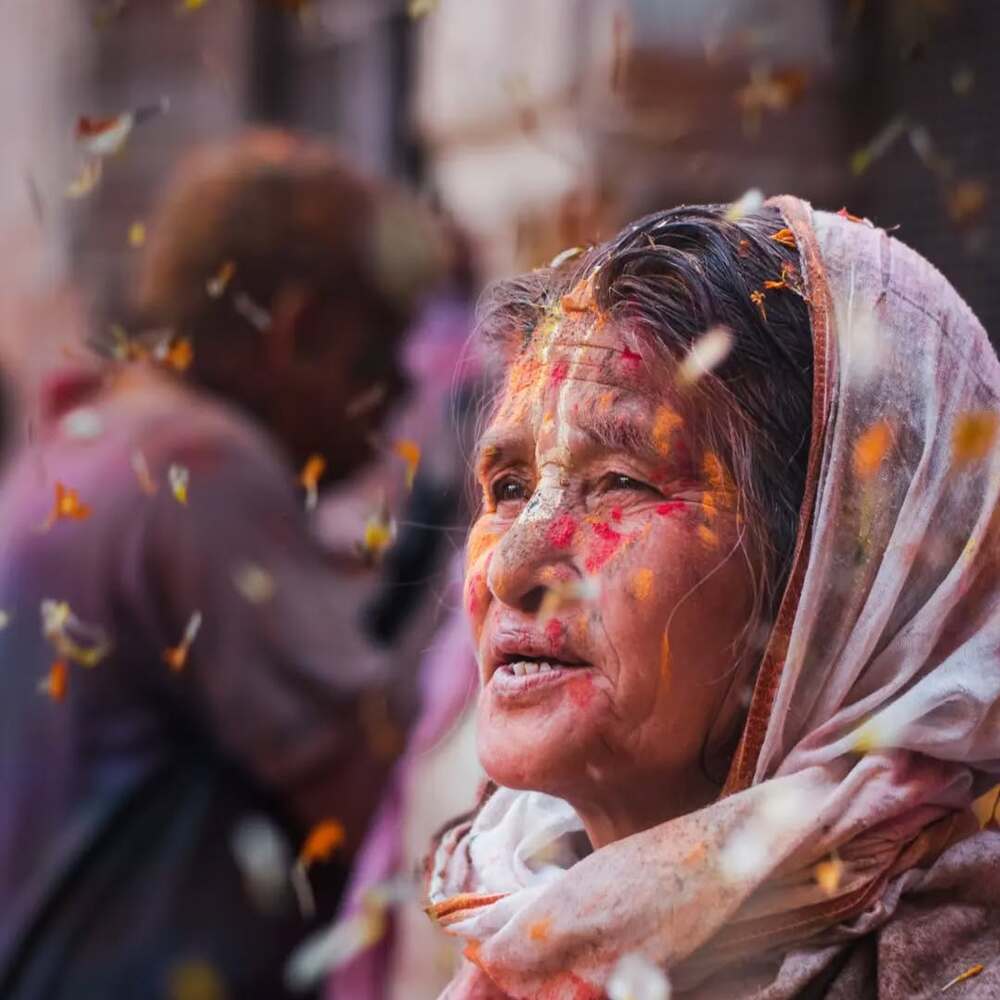
The Genesis and Geography of the Holi of Flowers
The origin of celebrating Holi with flowers can be traced back to the timeless lanes of Vrindavan and Mathura, the legendary abodes of Lord Krishna. It is here, at the Banke Bihari Temple in Vrindavan, that the Holi of Flowers, or 'Phoolon ki Holi' is celebrated with unparalleled fervor and devotion.
The temple premises comes alive with a myriad of colors, as devotees shower each other with petals of roses, marigolds, and other spring blossoms, turning the atmosphere into a mesmerizing canvas of floral hues.
This celebration not only honors the divine love of Radha and Krishna but also signifies the eternal choice of life and rebirth, mirroring the renewal that spring brings to the natural world.
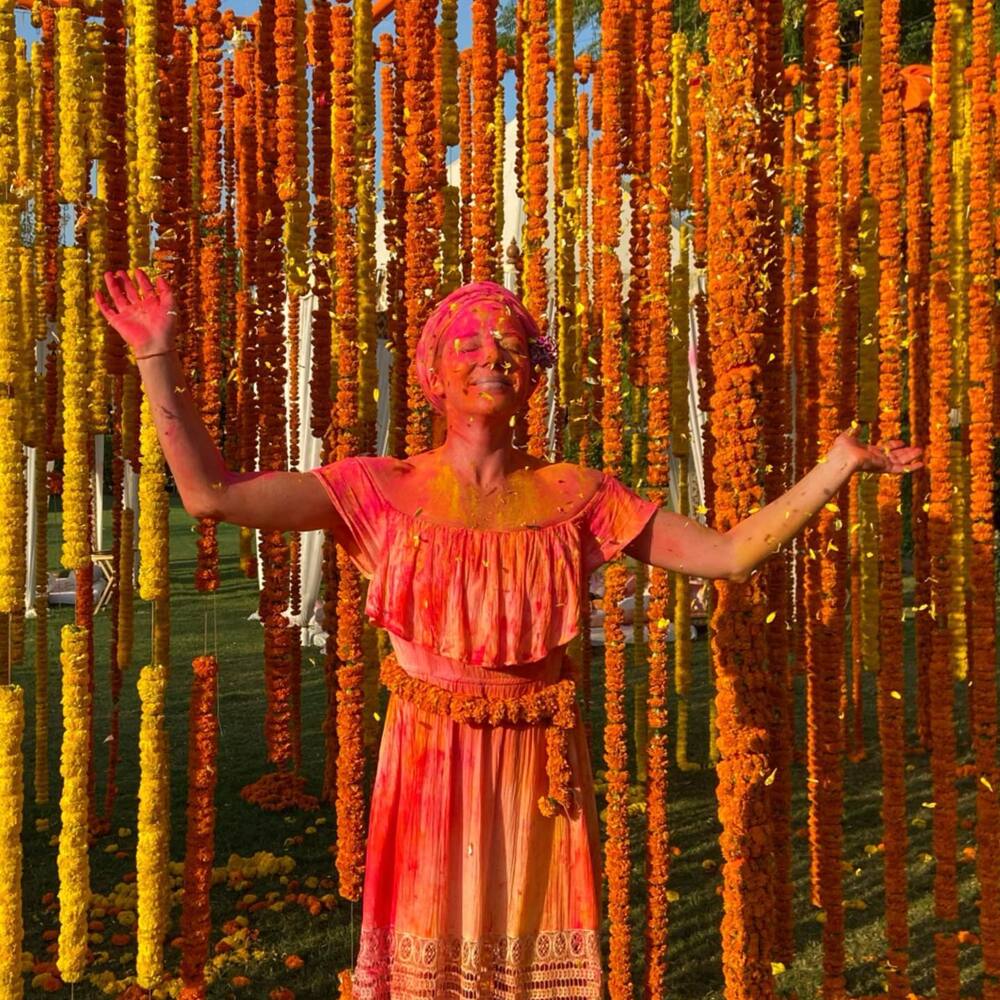
The Day of Divine Play - Events and Rituals
Holi of flowers, or Phoolon ki Holi, unfolds in a spectacle of rituals that encapsulate the vibrancy of India’s spiritual heritage. The day begins with devotees thronging the Banke Bihari Temple, hearts brimming with devotion, and hands filled with flowers.
As the temple doors open, a wave of colors engulfs the sanctum, with petals being tossed in the air, covering the devotees in a fragrant reel of devotion. Traditional music and hymns dedicated to Lord Krishna elevate the spiritual ambiance, as participants lose themselves in the divine euphoria of the moment.
This celebration extends beyond the temple precincts, enveloping the entire town in a blanket of floral ecstasy. The rituals involve not just the throwing of flower petals but also include singing devotional songs, dancing to the rhythmic beats of dhols and dholaks, and the sharing of prasad, symbolizing communal harmony and spiritual unity.
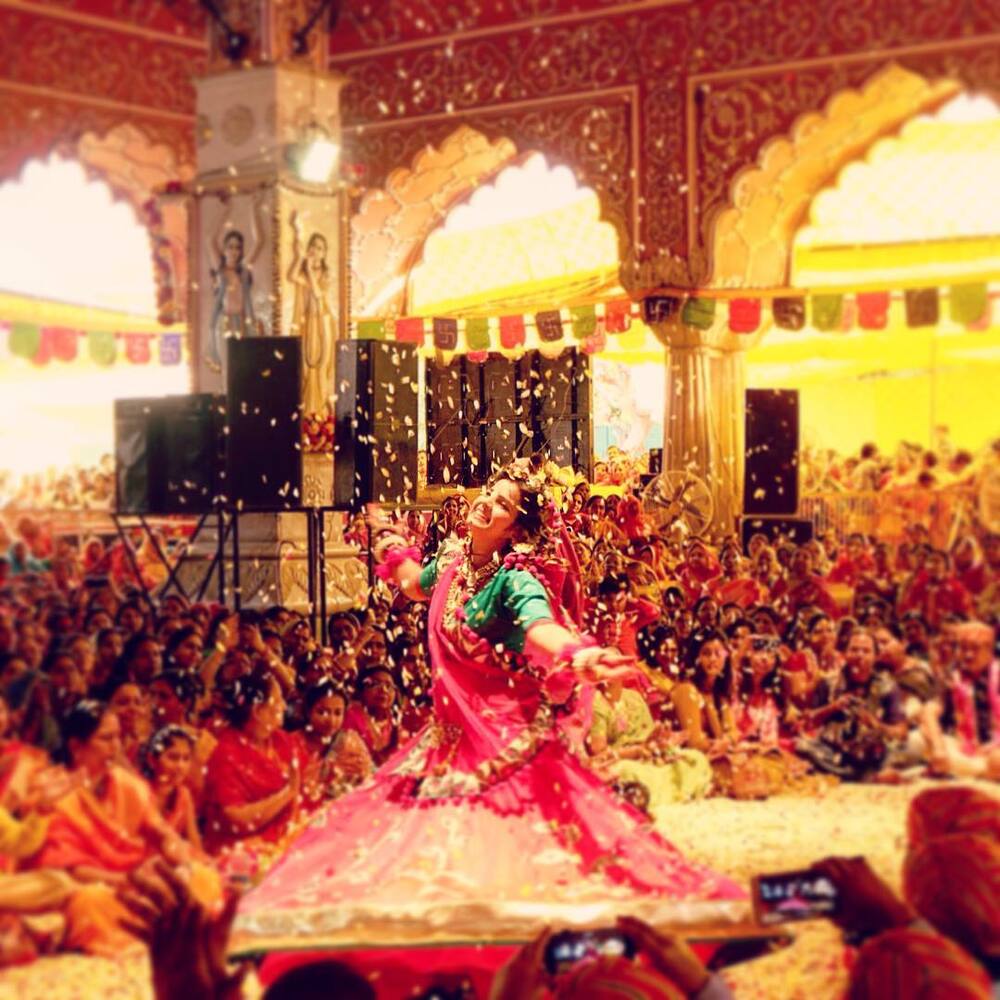
List of Significant Flowers Used in the Holi of Flowers
The Holi of Flowers offers a picturesque and fragrant rendition of the classic Holi festival, heralding spring with an eco-conscious twist. This aromatic festivity employs specific flowers for their vivid hues and cultural significance, crafting a natural dye palette that pays tribute to nature’s splendor. Here, we delve into the notable blossoms that enrich this vibrant festival:
- Marigolds (Tagetes): Essential for their bright yellow and orange colors, marigolds are not just decorative but are crushed into powders for natural hues, symbolizing joy and festive spirit.
- Roses (Rosa): Emblems of love, especially in red, white, and pink, roses lend soft color play and fragrance, enhancing the celebration with a note of sensuality.
- Hibiscus (Hibiscus rosa-senensis): Their varied colors provide deep shades to the Holi mix, appreciated for their cooling effect amidst spring warmth.
- Flame of the Forest (Butea monosperma): The ‘Flame of the Forest’ offers striking orange and red, embodying spring’s spirit and renewal, revered for centuries in Holi traditions for its vibrant and sacred bloom.
- Krishnachura/Flame Tree (Delonix regia): This tree’s red and flame-colored flowers add royal splendor to Holi, symbolizing prosperity and fortune.
- Jasmine (Jasminum): The subtle fragrance of white jasmine flowers, mixed with water, brings a touch of purity and simplicity.
- Sunflower (Helianthus annuus): Sunflower’s vivid yellow creates brilliant dyes, reflecting adoration, loyalty, and the joy of Holi.
- Krishnakamal/Passion Flower (Passiflora): Known for their exotic beauty, passion flowers introduce diversity to the Holi palette, celebrating India’s floral heritage.
These flowers exemplify the symbiosis between nature and human celebration, with the Holi of Flowers underscoring the value of natural beauty and environmental stewardship.
It redefines traditional Holi with a kaleidoscope of colors and scents that captivate the senses, inviting participation in a festivity that is both timeless and innovatively fresh.
A Palette of Traditions - Holi Across India
Holi celebrates life's vibrancy and the victory of good over evil through color explosions. Each Indian region adds unique customs, enriching the festival's diversity.
From musical, spring-inspired, to traditional nuances, Holi's varied traditions underscore joy, unity, and renewal, painting a rich tapestry of cultural celebrations across India.
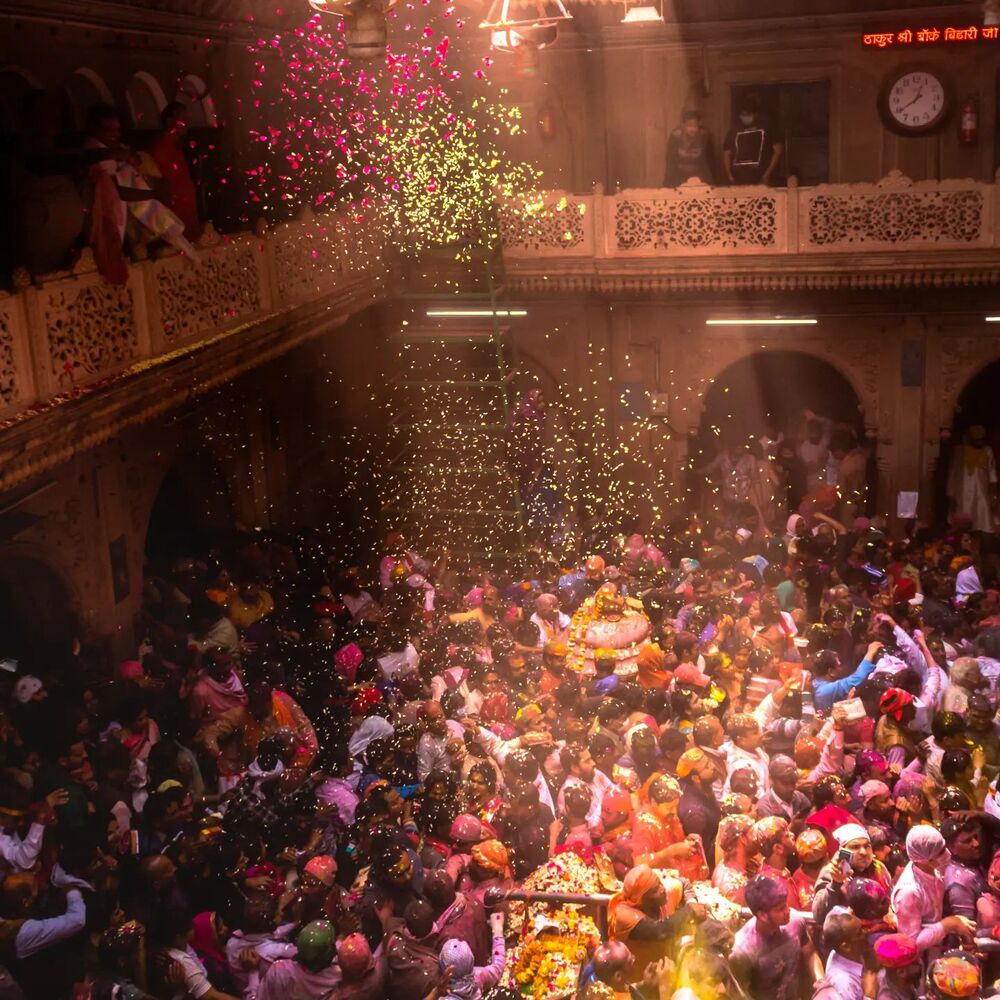
Royal Holi of Rajasthan - Regal Festivities
Rajasthan's Holi dazzles with royal grandeur, featuring processions led by erstwhile royals. Palaces glow in colors, with traditional scents and folk tunes enhancing the atmosphere. The City Palace in Jaipur hosts a royal event, showcasing hospitality and splendor.
Holika Dahan's bonfire, against Rajasthan's regal backdrop, symbolizes triumph and heritage, making the festival a majestic experience.
Hola Mohalla Punjab - Valor and Vibrancy
In Punjab, Holi Mohalla showcases martial skills, initiated by Guru Gobind Singh. Following Holi, Sikhs demonstrate bravery in Anandpur Sahib with horsemanship, swordplay, and archery.
The event, enriched with war drums, traditional Nihang attire, and martial displays, also features kirtans, poetry, and communal meals (Langar), embodying Sikh values of service and community. This blend of martial tradition and festive spirit makes Hola Mohalla a celebration of courage and joy.
Lathmar Holi - A Unique Twist of Tradition
Barsana and Nandgaon's Lathmar Holi, inspired by Radha and Krishna's playful exchanges, features women symbolically striking men with sticks. This unique ritual represents gender dynamics with humor and is a global attraction.
Extending over a week, it includes prayers and color play, showcasing Holi's essence in its most joyous and spirited form, drawing participants worldwide to experience the festivity in the historic setting of Mathura.
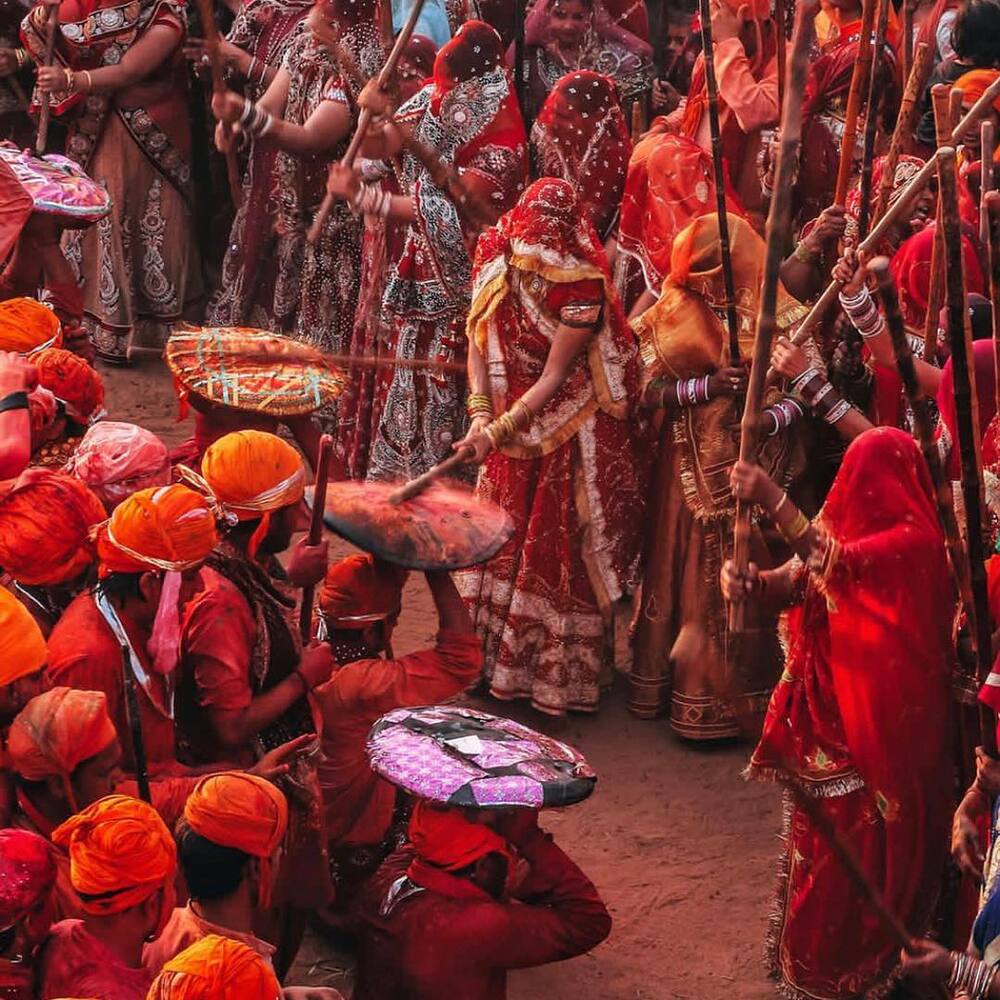
Kahila, Baithaki, Khadi Holi - The Musical Holi
Uttarakhand's Holi is a melodious affair with Kahila, Baithaki, and Khadi Holi, celebrated through music. Starting in temples with devotional songs, Kahila Holi elevates festivity to divine worship.
Baithaki Holi features classical music in communal settings, while Khadi Holi sees door-to-door singing, inviting participation.
This musical trilogy not only preserves Uttarakhand's musical heritage but also unites communities in joyous celebration, highlighting life's joy through traditional folk songs and hymns, reinforcing social bonds and cultural identity.
Phaguwa - The Festive Spring of the East
In Bihar and Jharkhand, Holi is known as Phaguwa, celebrating spring's arrival. It features color play and folk songs about Krishna's playful deeds. Phaguwa uses natural colors derived from turmeric, sandalwood, and plant extracts, showing reverence for nature.
A bonfire on Holi's Eve symbolizes triumph over evil, while the next day, Dhol sounds and folk tunes fill the air, promoting community bonding through shared joy and renewal.
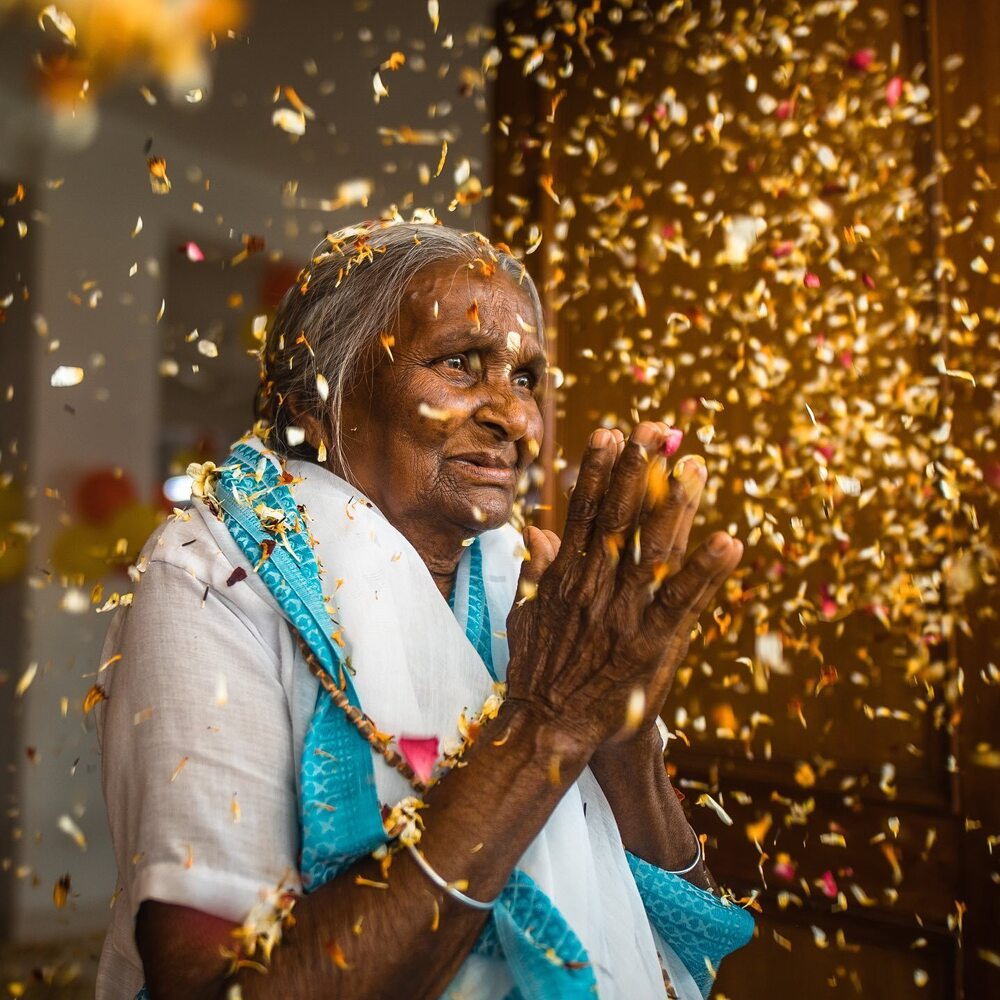
Yaosang - The Manipuri Melange
Manipur's Yaosang merges Holi's joy with local traditions over five days, starting with a straw hut burning to signify winter's end. Its distinctiveness lies in combining Holi with Thabal Chongba dance, under the moonlight, enhancing social ties.
The festival also incorporates sports, enriching celebrations with vigor. Yaosang thus blends Manipuri cultural elements with Holi's essence, creating a vibrant and communal experience.
Dhol Jatra and Dola - The Eastern Symphony
In West Bengal and Odisha, Holi is celebrated as Dhol Jatra and Dola, blending culture and myth. Dhol Jatra features processions with Radha and Krishna idols, accompanied by dhols and flutes, showcasing communal harmony.
Dola involves deity processions and color exchanges among villagers, symbolizing divine visitation and strengthening community bonds. Both festivals exemplify the fusion of tradition, art, and social unity in celebrating divine love.
Rang Panchami - The Fifth Day of Colors
Rang Panchami extends Holi's spirit in Maharashtra and parts of Madhya Pradesh, marked by vibrant colors and music five days post-Holi. This finale brings streets alive with people engaging in color and water play, embodying freedom and playfulness.
It's a communal celebration that bridges differences, fostering unity and joy. Rang Panchami encapsulates the essence of Holi, celebrating life's vivid colors and social harmony.
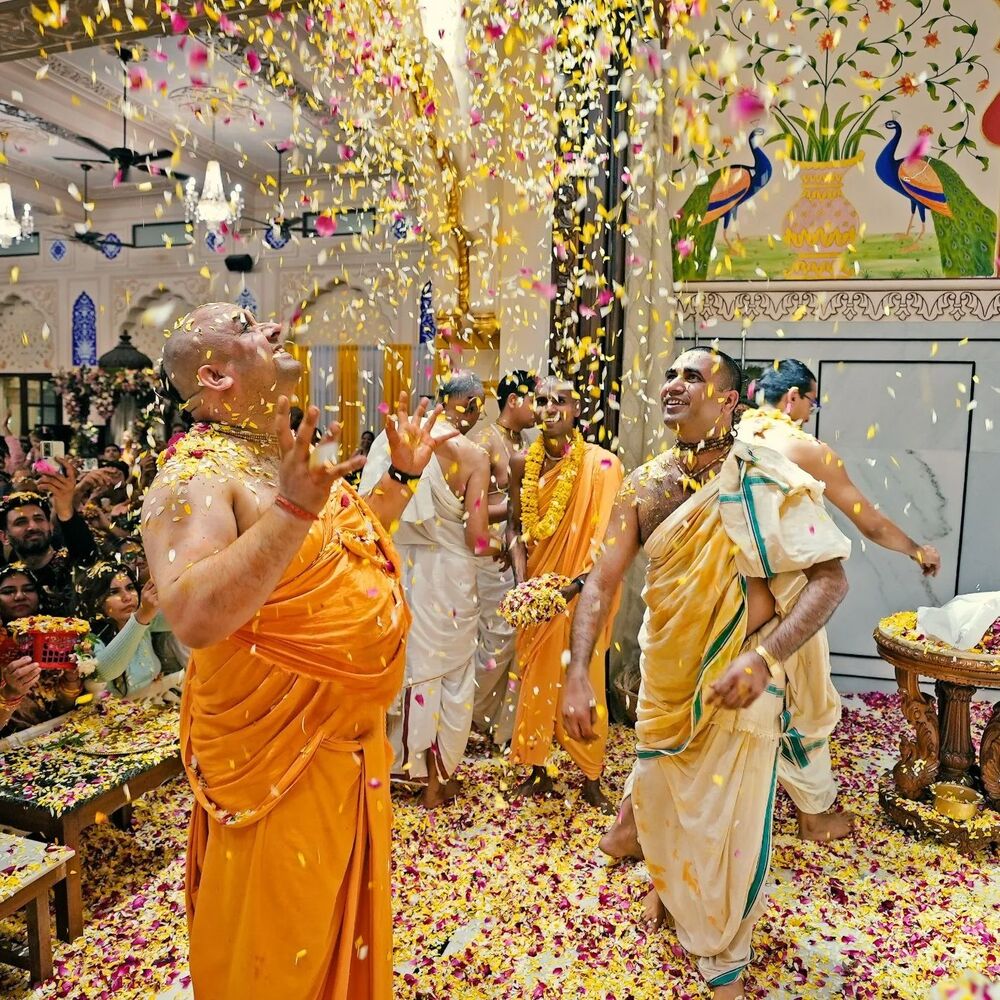
Ukuli or Manjal Kuli - The Southern Splash
Kerala's Holi, known as Ukuli or Manjal Kuli, sees the Konkani community celebrating with turmeric water at Gosripuram Thirumala Temple, creating a unique yellow festivity.
This celebration, infused with music, dance, and color exchanges, reflects Kerala's vibrant culture. Turmeric's use, highlighting health and well-being, blends tradition with joy. Ukuli or Manjal Kuli celebrates life and community through a distinct cultural lens.
Shigmo - Goa’s Carnival of Colors
Shigmo, Goa's version of Holi, merges color, music, dance, and parades into a vibrant celebration. It's a fortnight of festivities, rooted in the Hindu Konkani community, featuring floats, folk dances, and costumes that highlight Goa's cultural legacy.
Shigmo splits into 'Dhakto Shigmo' for the rural populace, spotlighting farm laborers, and 'Vhadlo Shigmo' for urban celebrations. It's a feast for the senses, drawing from mythology and folklore, climaxing in a color explosion that unites locals and tourists in a vivid celebration of life and cultural heritage.
Embracing the Spectrum of Colors - A Call to Celebrate
Closing our exploration of Holi, reenvisioned as a floral spectacle, we're wrapped in traditions and joy. Holi's vibrant colors reflect human resilience, community warmth, and triumph over adversity.
The eco-friendly "Holi of Flowers" uses petals and natural dyes, celebrating with environmental consciousness.
This version not only delights the senses but also pays tribute to sustainable practices, merging celebration with sustainability. It's a unifying event, promoting inclusivity and respect across cultures.

